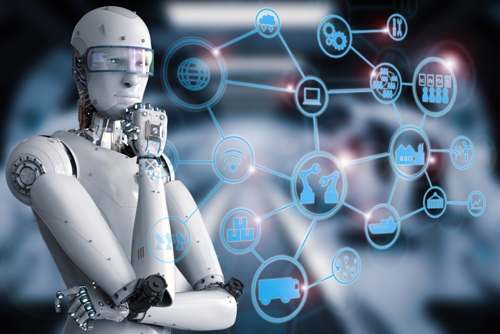Adopted machine learning and AI practices have permeated the majority of large companies. In fact, the percentage of companies who have embodied AI into core business practices has risen 70% in the last five years, according to a global survey and corresponding article by Harvard Business Review.
To take full advantage of AI-innovations, companies must evolve their approach to AI from standalone tools and applications to more holistic naturalization. HBR predicts that by building “future systems,” companies can grow revenues by as much as one third over the next five years. Future systems offer far infinite possibilities by “harnessing vast amounts of data, ubiquitous computing power, and complementary technologies like cloud, data lakes, 3D printing, the Internet of Things (IoT), and advanced workforce reskilling platforms. And they are implementing AI in a systemic way that captures growth today — but also anticipates change for growth tomorrow.”
Outlined below are three ways that HBR suggests your company can anticipate growth and prepare for AI’s consequential shifts:
- Reimagine the “IT” stack – IT stacks for the Age of AI are envisioned as “boundaryless systems of a complex machine, employee, consumer, partner, and competitor interconnections.” Companies are leveraging AI and cloud combinations to overcome conventional infrastructure limitations.
- Design for adaptable, dynamic architecture – Microservices and serverless architectures enable organizations to scale with agility, and AI plays an integral role in these adaptable systems. With the foundation of dynamic innovation, systems can scale and improve by themselves.
- Design for humans, by humans – Truly successful systems will be able to comprehend nuances of natural conversation and touches, enhancing an extended reality that is personalized to each consumer.











